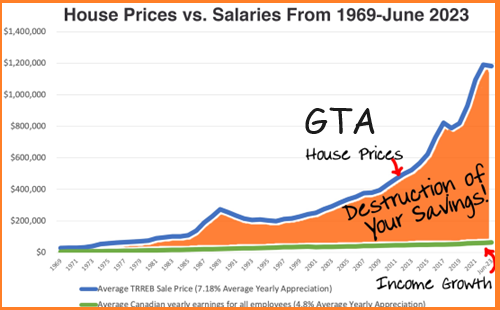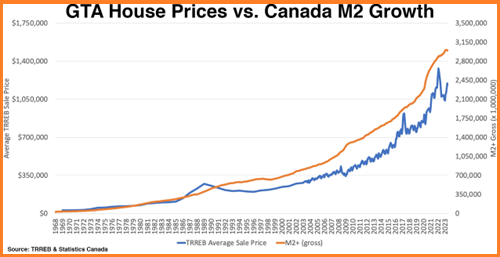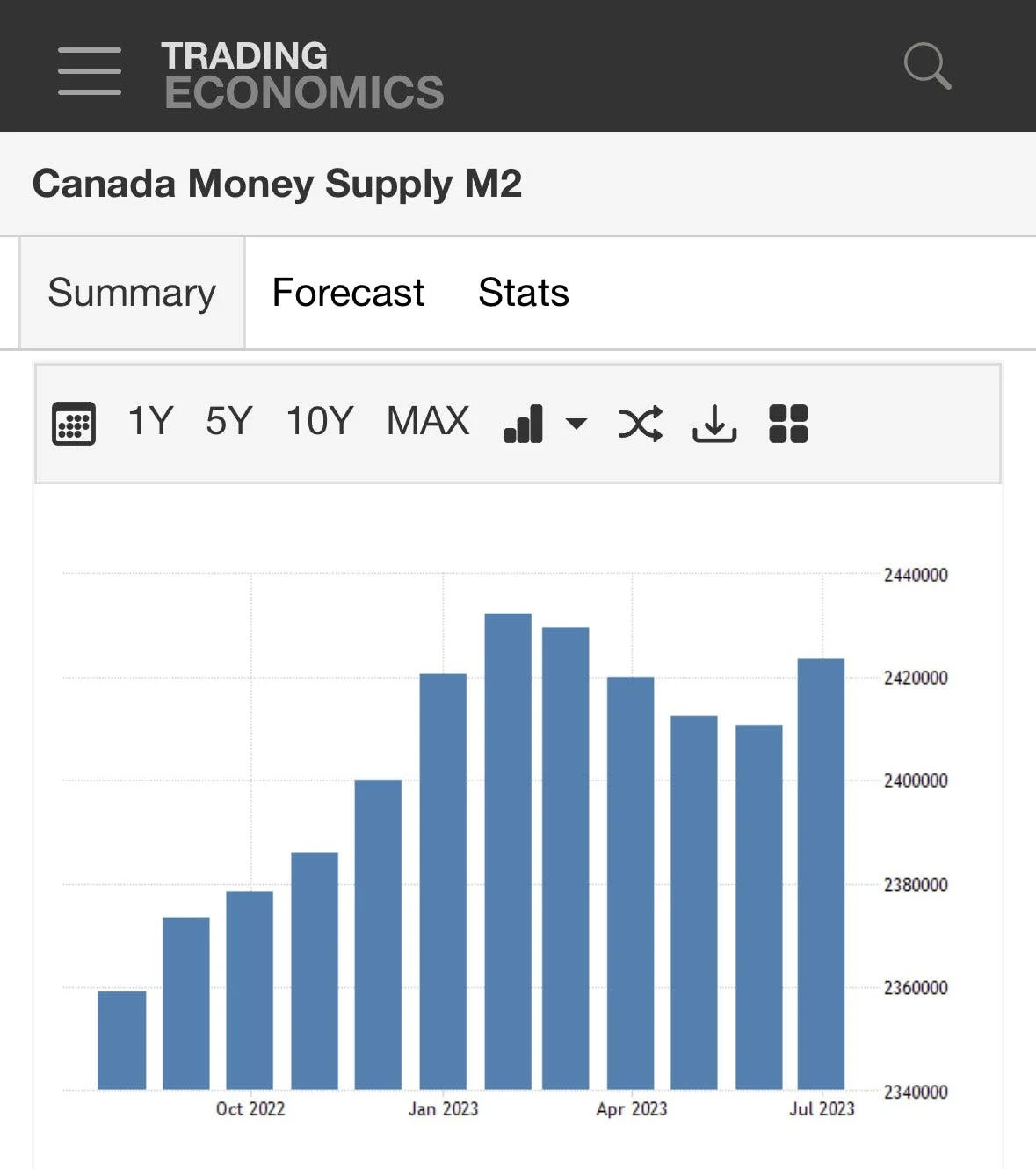The Toronto condo market is currently experiencing a complex dynamic characterized by rising listings and stagnant sales. Many prospective buyers are left wondering: why are condo prices not falling despite a record number of listings? In this article, we will explore the various factors contributing to this phenomenon, analyze current market statistics, and offer insights into what might happen in the coming months.
Current Market Statistics: An Overview
To understand the current state of the condo market in Toronto, it is crucial to look at the latest statistics. These numbers provide insights into sales, listings, and overall market health.
Sales and Listings Trends
In the Greater Toronto Area (GTA), the number of sales has decreased by approximately 4% year-over-year, totaling just over 3,300 sales. This figure indicates a sluggish market, consistent with the previous couple of years. Meanwhile, new listings have surged by 14%, reaching about 9,100. As a result, active listings have skyrocketed by 41%, totaling nearly 13,000 units available for sale.



When we examine the month of inventory, which is a key metric for gauging market balance, we find that there are about 3.9 months of inventory available. A higher number of months of inventory typically indicates a cooling market, and this aligns with the current trends we are observing.



Condo Market Specifics
Focusing specifically on the condo market, we see that sales have dipped by 7%, amounting to nearly 1,900 transactions. The number of new condo listings has increased by 21%, reaching about 6,500. Notably, active listings have hit a record high of 10,688 units, up an astounding 57% compared to previous years.



The month of inventory for condos is approximately 5.8 months, suggesting a more sluggish market in downtown Toronto compared to suburban areas. Average condo prices have also declined by 3% year-over-year, currently sitting at $736,850.



Understanding the Psychological Factors at Play
One of the most intriguing aspects of the current condo market is the psychology influencing sellers’ pricing strategies. Despite the increasing inventory and declining sales, many sellers remain resistant to lowering their prices.
The Stickiness of Prices
Prices in real estate markets often exhibit a “stickiness” on the way down. This phenomenon occurs because sellers are often reluctant to accept a loss, especially when they are comparing current prices to peak prices rather than their original purchase prices. This psychological barrier contributes to the stability in condo prices, even in the face of declining sales and rising inventory.
The Rental Market: A Parallel Trend
The rental market in Toronto is also experiencing notable changes, which have implications for the condo market. Understanding these trends can provide further insights into the dynamics at play.
Increasing Rental Activity
Last month, the number of new leases increased by 29%, totaling just under 8,000 new leases. This uptick can be attributed to a growing inventory of rental units available in the market. Active rental listings have nearly doubled compared to last year, reaching 7,851 units.



Average rents have slightly decreased by 5% year-over-year, now averaging around $2,800. However, they tend to rise seasonally during peak times, such as the summer months when students are searching for accommodations.

Key Factors Influencing Price Predictions
As we look to the future, several key factors will influence whether condo prices will fall or remain stable.
Inventory Levels and Sales Dynamics
If inventory continues to build while sales remain sluggish, we may see downward pressure on prices. Investors who are unable to hold onto their properties might be forced to sell at lower prices, which could further drive prices down.
Conversely, if many investors opt to rent out their units instead of selling, this could alleviate some pressure on prices. The decision of individual owners to retain their properties and rent them out could stabilize the market in the short term.



Market Sentiment and Interest Rates
Another significant factor is market sentiment regarding interest rates. If forecasts suggest that interest rates will decrease, buyers may be more inclined to enter the market, potentially increasing demand. However, this optimism must be tempered with the understanding of broader economic conditions influencing these forecasts.

Conclusion: Keeping an Eye on Market Developments
The Toronto condo market is at a crossroads, influenced by a combination of psychological factors, market dynamics, and economic conditions. As listings rise and sales remain low, the question of whether prices will fall remains open-ended.
It is essential for both buyers and sellers to stay informed about these developments. Monitoring inventory levels, understanding the motivations behind seller decisions, and keeping an eye on rental market trends will be crucial in making informed real estate decisions in the coming months.
In conclusion, while the current market may seem daunting, it also presents opportunities for those who are willing to navigate its complexities. Whether you are a buyer, seller, or investor, understanding these dynamics will be key to making smart real estate choices in Toronto.



















 Maziar Moini, Broker of Record - Home Leader Realty Inc.
300 Richmond St. W., #300, Toronto, ON M5V-1X2
Maziar Moini, Broker of Record - Home Leader Realty Inc.
300 Richmond St. W., #300, Toronto, ON M5V-1X2

